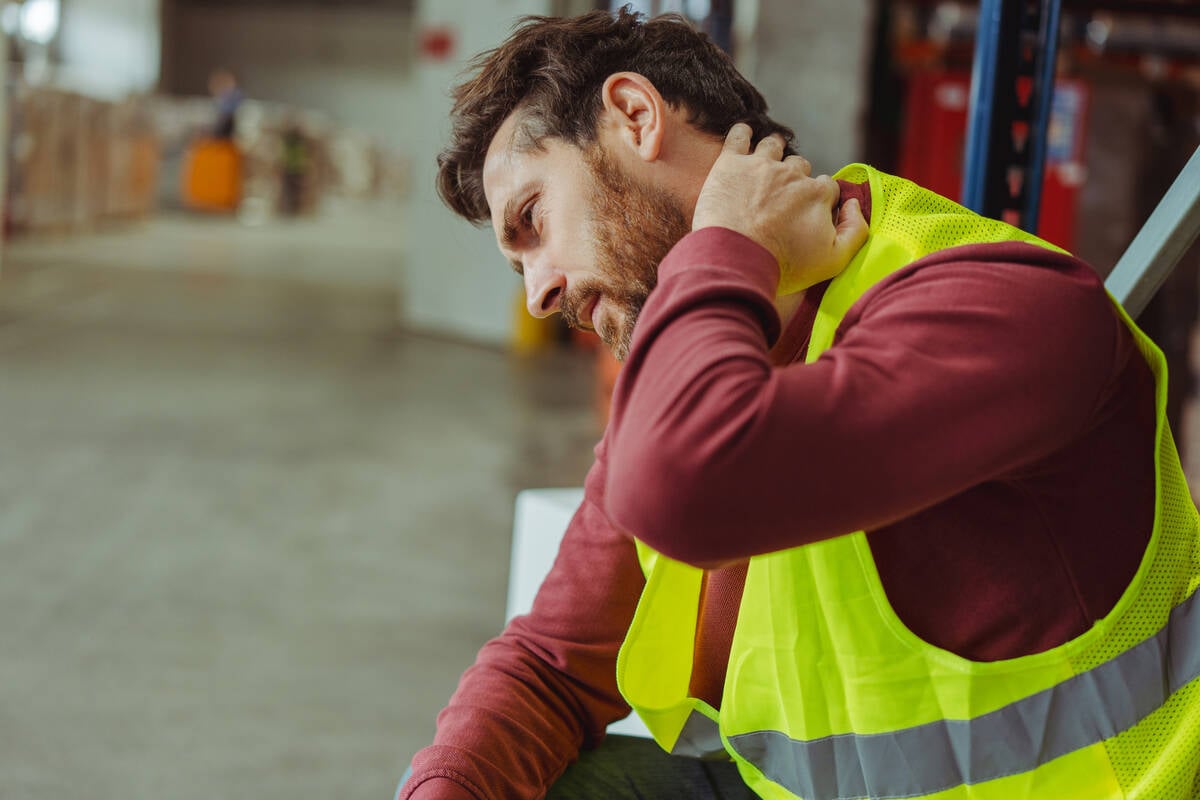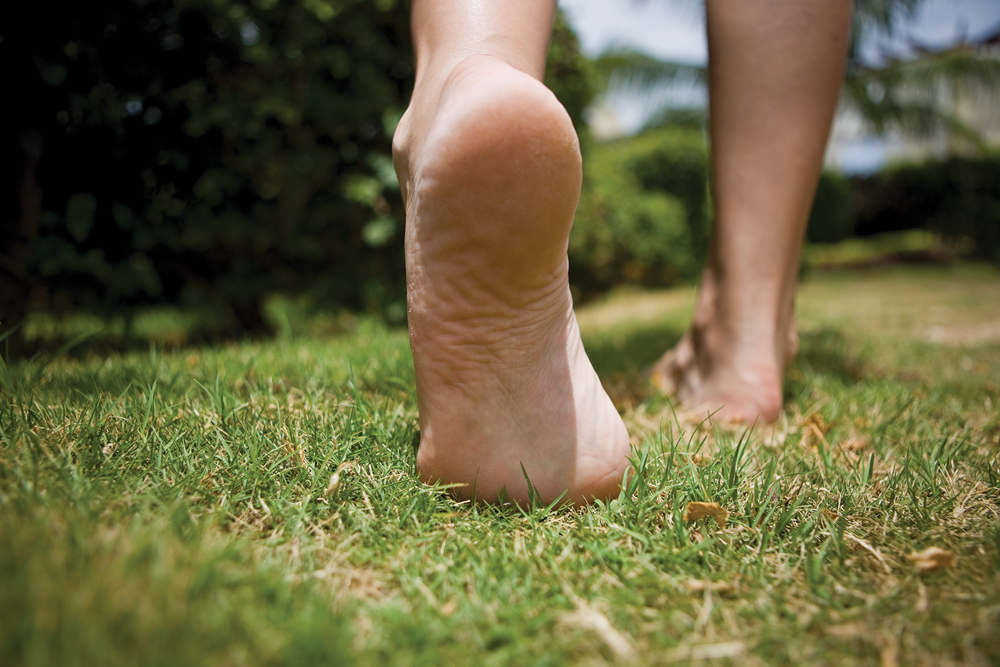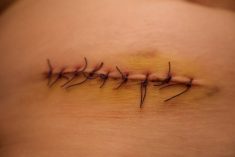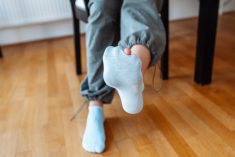Have you been told you have fallen arches or flat feet?
A common misconception is that our foot posture is unchangeable or uncontrollable. Just like any other part of the body, there is quite a lot we can do to support the physical health and mobility in our feet. Many clients that I meet have been told they are destined to rely on structural supports like rigid shoes and orthotics to avoid physical discomfort from their feet, or elsewhere in the body.
Our feet are made up of hundreds of small joints and soft tissue structures. They are designed to be a dynamic support for the rest of our posture. While shoes are a necessary part of modern-day life, often wearing shoes for prolonged periods creates compression and limits how the natural structures in the feet can work.
Read Also

Gentle treatments for pain in the neck
Heading toward year-end, people unknowingly tense up against the cold and busyness, causing neck pain that can often be treated with appropriate support and gentle mobility, athletic therapist Kathlyn Hossack says.
The principle of “use it or lose it” applies here. When we don’t use the structures in our feet, they become immobile and weak. This decrease in mobility and soft tissue engagement can also decrease circulation and create the perfect storm for those negative sensations like pain, stiffness, and long-term posture changes.
When a client comes to me experiencing anything from foot pain to back pain, I often look at how they can use their feet. There are some simple ways to keep the structures in your feet content and help limit any long-term negative symptoms playing out at the foot level.
The No. 1 thing to integrate in our routines to support the feet — and the rest of the body — is texture and touch. Our biology adores touch-based sensation. We as a species have evolved around it. Something as simple as gently massaging your choice of lotion or oil into the feet in the evenings assists circulation, relaxation and hydration in those tissues. Add to this a routine warm soak with Epsom salts, and you have a great start to a healthy foot (and overall wellness) routine.
Movement-wise, manually moving the tissues in your feet through touch as described above is quite helpful. Additionally, you can begin with a few of my favourite exercises for the feet:
Toe curls
Slowly practice curling the toes under like you’re trying to grab something with the toes. Work to keep all the toes near to the ground as you practice this movement. You may feel fatigue or a cramp quite quickly in the arch of the foot, and this movement may feel a lot harder to control than you expect! Practice this movement on both feet, about 10 repetitions at a time, throughout your day.
Toe spreads
With the feet flat on the ground in either seated or standing, practice spreading the toes apart as wide as you can. It will be challenging to keep the toes in contact with the ground at first. As with the first movement, you may feel fatigue in the feet (and in the brain) quite quickly. Repeat, about 10 repetitions at a time, throughout your day.
Tiptoe walking
Where it’s safe to do so, practice raising your heels off the ground to a level you can balance and walking around your home on your tiptoes. Work to keep equal weight through the balls of the toes, from the ball of the big toe to the pinky toe, at all times. Repeat this for about 30 seconds at a time, throughout the day.
Our ability to connect to our feet through movement, strength and sensation has been demonstrated to be a contributor to lifelong health. A common reason for falls among older folks is a loss of strength and balance through the lower body and feet, leading to the toes curling involuntarily, for increased risk of catching the feet on uneven surfaces and tripping. Practicing mobility in your feet, spending time outside of shoes experiencing various textures and touch, and seeking guidance where symptoms are present, are all part of a long-term health plan.















